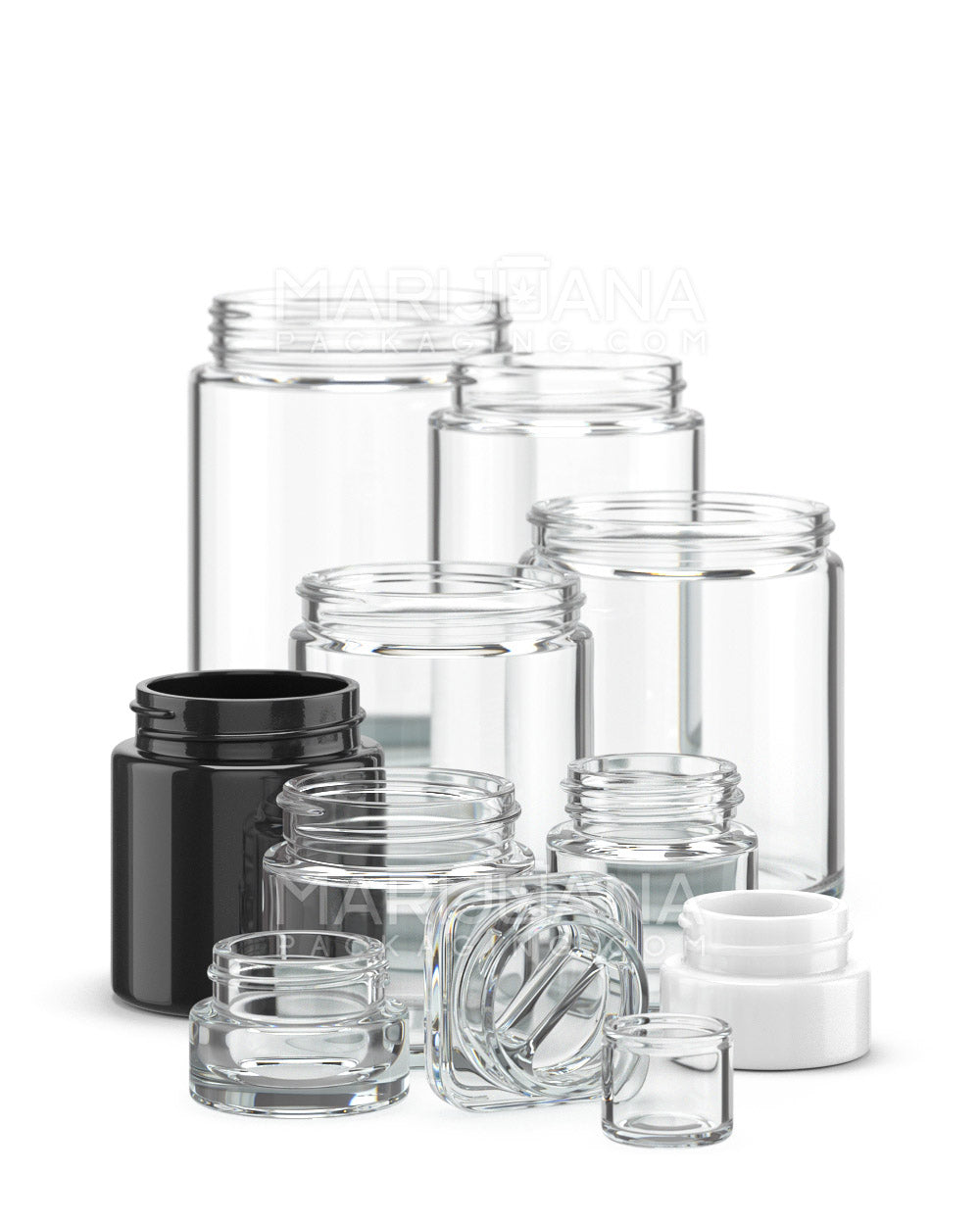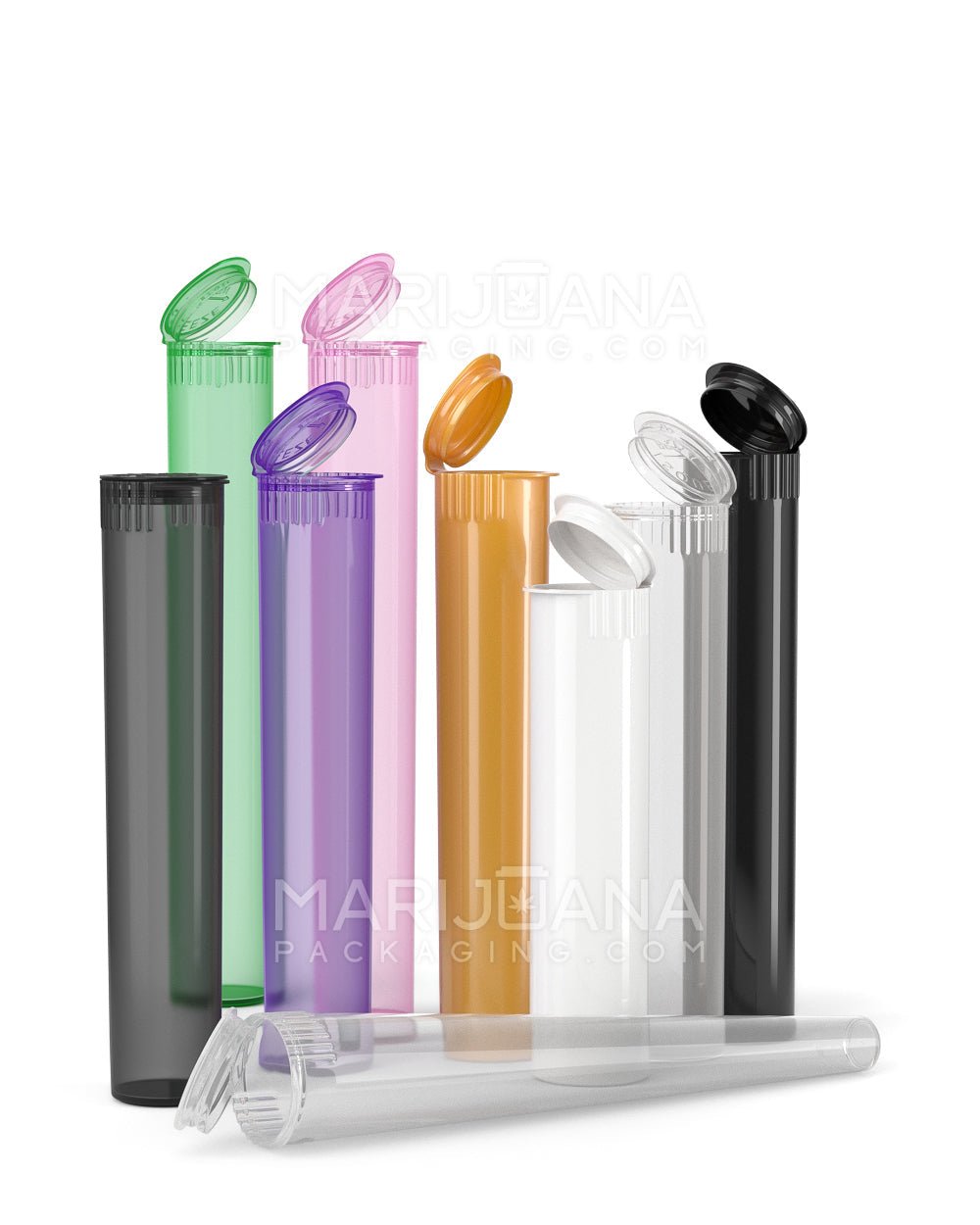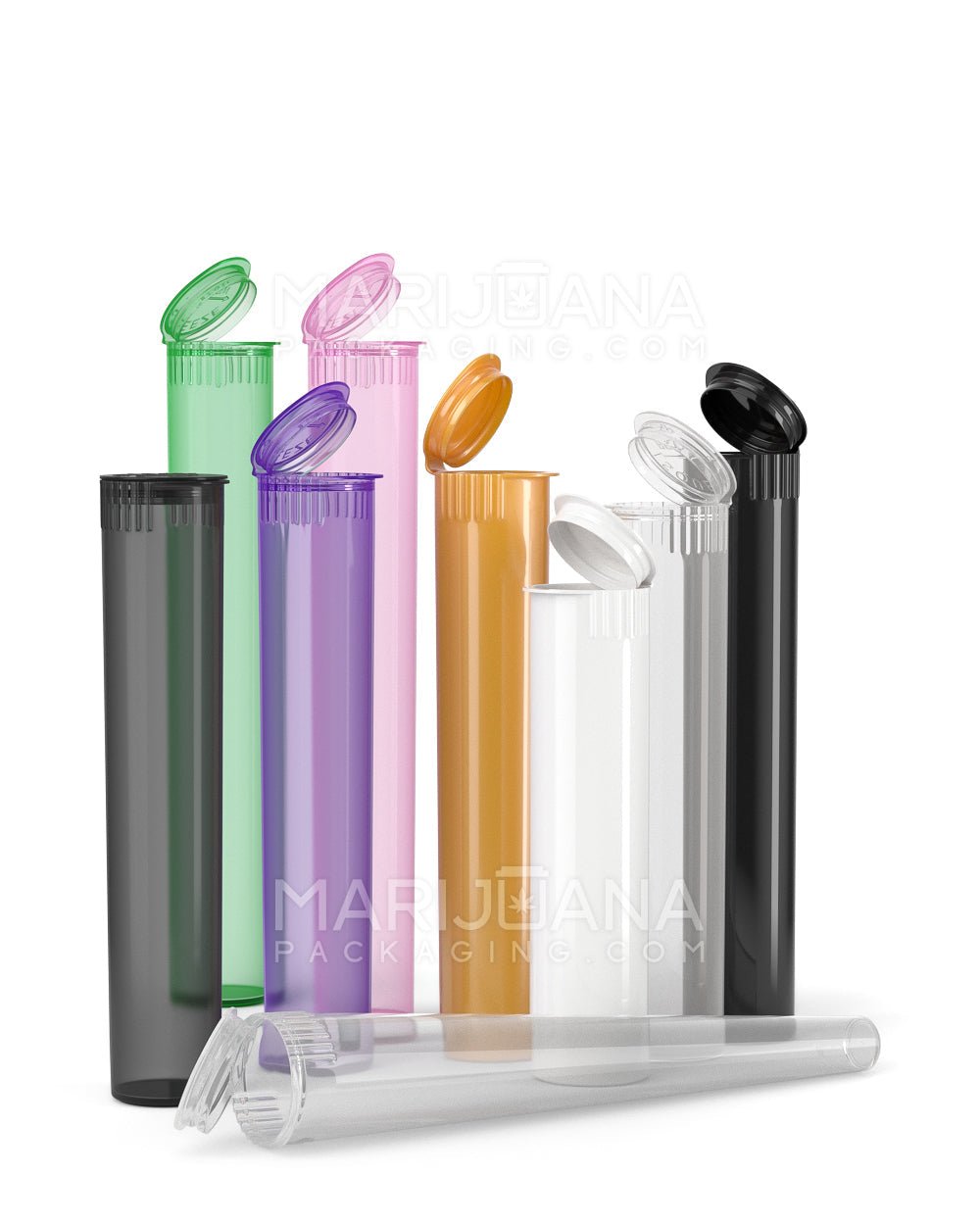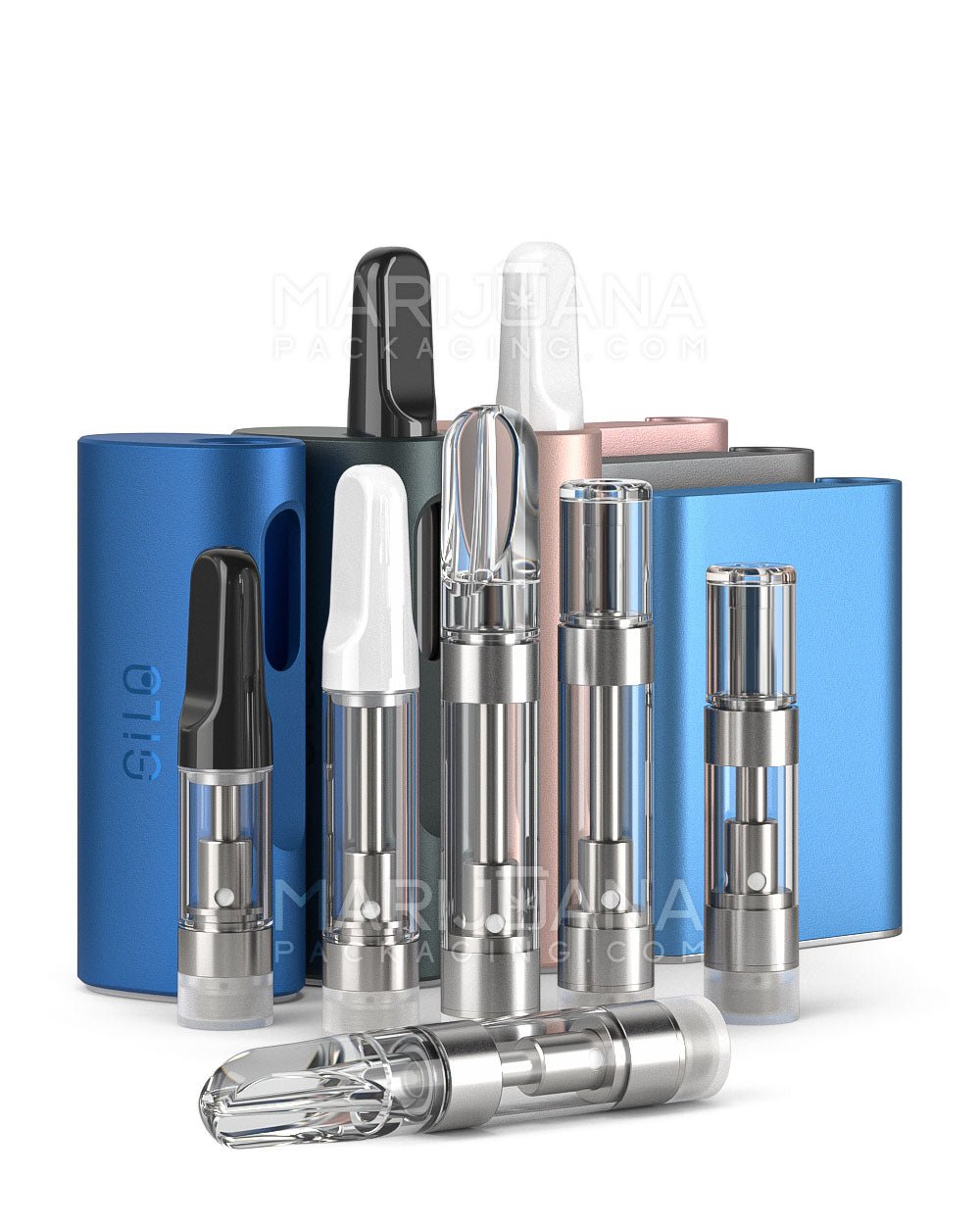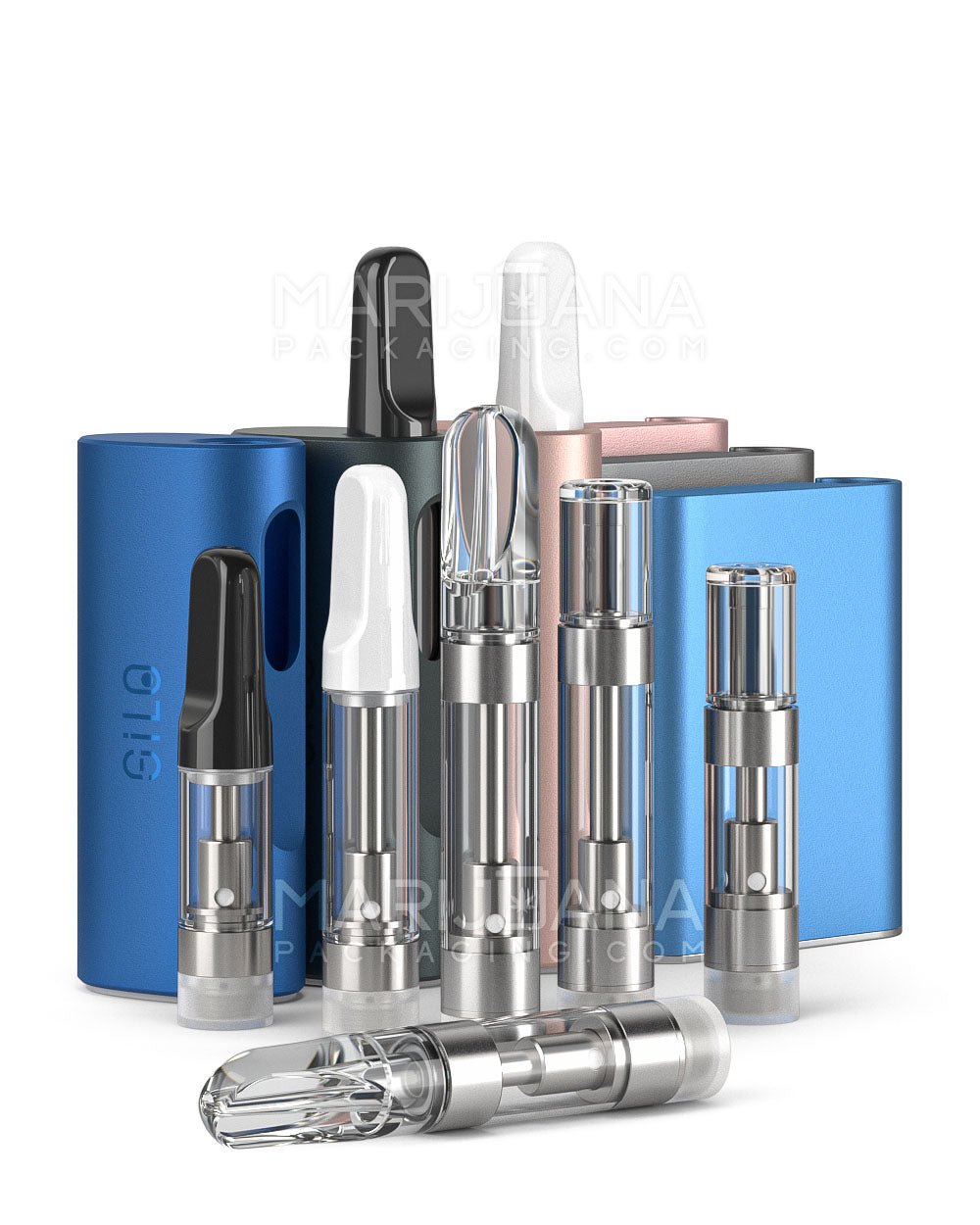When you're growing marijuana, there's a lot to keep track of, from the soil quality to the lighting. But one of the most fascinating aspects of the plant is its pistils. These colorful little hairs are more than just decoration—they play a crucial role in the plant's reproductive process.
In this post, we'll dive deep into what pistils are, why they're important, and how they can tell you a lot about your plant's health and stage of growth. We'll also touch on how to care for your marijuana plants by understanding these tiny but essential parts.
What Are Pistils?
Pistils are the female reproductive parts of the marijuana plant. They're the tiny, hair-like structures that protrude from the flowers. In the early stages of blooming, these pistils are white, but as the plant matures, they can change to shades of orange, red, or brown. This change in color is a key indicator of the plant's maturity.
Each pistil is composed of two parts: the stigma and the style. The stigma is the sticky tip that collects pollen, while the style is the stalk that supports the stigma. When pollen lands on the stigma, it travels down the style to fertilize the ovule, leading to seed production. This is why pistils are so important for breeding plants.
Interestingly enough, the color and condition of a plant's pistils can provide insights into its health and development. While it's not the only factor to consider, closely monitoring pistils can help growers make informed decisions about plant care and harvest timing.
The Role of Pistils in Plant Growth
Pistils are crucial for the plant's reproductive cycle, but they also serve as a useful tool for growers. During the flowering stage, the pistils emerge from the calyxes, which are small, teardrop-shaped structures that form the base of each flower. As the plant matures, the calyxes swell and become coated in trichomes, the resin glands that produce cannabinoids like THC and CBD.
The pistils' primary role is to capture pollen from male plants. Once pollinated, the plant will focus its energy on seed production. However, most growers aim to prevent pollination to produce seedless buds, known as sensimilla. Sensimilla buds are preferred for their higher cannabinoid content and more potent effects.
To achieve this, growers must separate male and female plants before the males release pollen. This allows the female plants to focus on developing trichomes, which are the main source of the plant's psychoactive and medicinal properties.
Identifying Pistil Changes and What They Mean
As marijuana plants progress through their life cycle, their pistils undergo several changes. Observing these changes can help growers determine the best time to harvest their crop. Here's a breakdown of what to look for:
- White Pistils: When the pistils are white and standing straight, the plant is still in the early stages of flowering. At this point, the buds are just beginning to form and have plenty of room to grow.
- Orange or Red Pistils: As the plant matures, the pistils will change color to orange or red. This indicates that the plant is nearing its peak potency, and it's time to start preparing for harvest.
- Brown Pistils: Once most of the pistils have turned brown and curled in, the plant is at its peak maturity. This is usually the best time to harvest, as the buds will contain the highest concentration of cannabinoids.
While pistil color is a helpful indicator, it shouldn't be the only factor in determining harvest time. Growers should also examine the trichomes on the buds. When these tiny resin glands turn from clear to milky or amber, it's a sign that the plant is ready for harvest.
Pistils and Their Impact on Cannabis Quality
Pistils play a significant role in determining the quality of cannabis buds. While the pistils themselves don't contain cannabinoids, their presence and condition can influence the overall health and potency of the plant. Healthy pistils are a sign that the plant is thriving and capable of producing high-quality buds.
In addition to their role in reproduction, pistils can also affect the appearance and aroma of the final product. Buds with vibrant, colorful pistils are often more visually appealing, which can enhance their market value. Additionally, the condition of the pistils can impact the plant's terpene profile, which affects the aroma and flavor of the buds.
Maintaining healthy pistils requires proper care and attention throughout the plant's life cycle. This includes providing the right balance of nutrients, light, and water, as well as protecting the plant from pests and diseases. By keeping an eye on the pistils, growers can ensure that their plants are on track to produce high-quality buds.
Tips for Caring for Pistils
To ensure that your marijuana plants develop healthy pistils, it's important to provide them with the right growing conditions. Here are some tips to help you care for your plants:
- Monitor Light Levels: During the flowering stage, marijuana plants require about 12 hours of light and 12 hours of darkness each day. Providing the right amount of light can help the plant develop healthy pistils and maximize bud production.
- Maintain Optimal Temperature and Humidity: Marijuana plants thrive in temperatures between 70-85°F (21-29°C) and humidity levels around 40-50%. Keeping these conditions stable can help prevent stress and encourage healthy pistil development.
- Provide Balanced Nutrients: During the flowering stage, cannabis plants require a diet rich in phosphorus and potassium. Providing the right nutrients can help the plant produce healthy pistils and maximize bud quality.
- Regularly Inspect Your Plants: Keep an eye out for pests and diseases that can damage pistils and reduce bud quality. Early detection and intervention can prevent these issues from spreading.
By following these tips, you can help ensure that your marijuana plants develop healthy pistils and produce high-quality buds. Remember that each plant is unique, so it's important to observe and adjust your care routine as needed.
Common Misconceptions About Pistils
There are several common misconceptions about pistils that can lead to confusion for new growers. Let's clear up some of these misunderstandings:
- Pistils Determine Potency: While pistils are important for reproduction, they don't directly impact the potency of the buds. Cannabinoid production occurs in the trichomes, not the pistils.
- All Pistils Should Be Brown Before Harvest: While many growers wait for most pistils to turn brown, this isn't a hard-and-fast rule. Trichome color is a more reliable indicator of harvest readiness.
- Pistil Color Indicates Strain: Pistil color can vary by strain, but it doesn't determine the strain itself. Genetics, growing conditions, and other factors can all influence pistil color.
Understanding these misconceptions can help growers make informed decisions about plant care and harvest timing. Remember that pistils are just one part of the plant's overall health and development.
Harvesting Based on Pistil Development
Determining the right time to harvest marijuana plants can be tricky, but pistil development provides valuable clues. Here's a guide to help you decide when to harvest based on pistil color:
- Early Harvest: If you prefer a more uplifting, energetic effect, consider harvesting when about 50-70% of the pistils have changed color. This is when the buds are at their peak THC content.
- Mid Harvest: For a balanced effect, wait until about 70-90% of the pistils have turned color. This is when the buds will have a mix of THC and other cannabinoids, providing a more well-rounded experience.
- Late Harvest: For a more sedative effect, allow 90-100% of the pistils to change color before harvesting. This is when the buds will have higher levels of CBN, a cannabinoid that contributes to a more relaxing experience.
Keep in mind that pistil color is just one factor to consider when determining harvest time. It's also important to examine the trichomes and consider your personal preferences for the final product.
Pistils and Their Role in Breeding
Pistils are essential for breeding marijuana plants. By collecting pollen from male plants and applying it to the pistils of female plants, breeders can create new strains with desirable traits. This process allows for the development of plants with improved potency, flavor, and growth characteristics.
Breeding requires careful control over the growing environment and the selection of parent plants. By choosing plants with healthy pistils and other desirable traits, breeders can increase the likelihood of producing successful offspring.
The pistil's role in reproduction highlights its importance in the overall health and success of marijuana plants. By understanding how pistils function and what they indicate about plant health, growers and breeders can make informed decisions to enhance their cultivation practices.
Final Thoughts
Pistils are a fascinating and vital part of the marijuana plant, offering insights into its reproductive process and overall health. By paying attention to pistil development, growers can optimize their cultivation practices and produce high-quality buds. Understanding pistils can lead to better harvest timing and more successful breeding efforts.
For those looking to package their high-quality harvest with care, Gamut offers a full range of packaging solutions. Whether you need jars, bags, or custom designs, Gamut's full-scale packaging services ensure your cannabis products stand out in the market. With over a decade of expertise, they provide tailored solutions to make your brand unforgettable.











